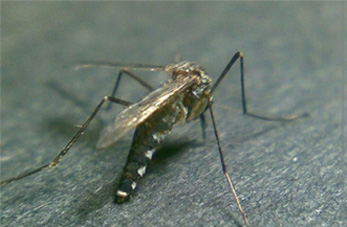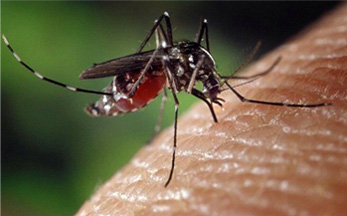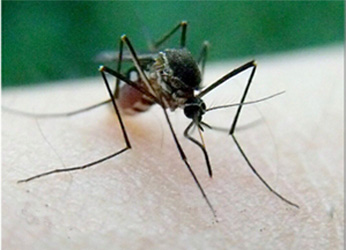Introduction
Mosquitoes are well known by most people because of their pesky biting habit. Of greater concern, they are very important as vectors of numbers human disease such as malaria, yellow fever, filariasis, dengue, and encephalitis.
Among the more than 3000 species found around the World, more than 70 species have been found locally. Some 10 species such as Aedes albopictus Culex quinquefasciatus and Culex tritaeniorhynchus are commonly found.
Aedes albopictus (Asian Tiger Mosquito)
‧ Eggs can withstand drought very well
‧ Breed in small containers such as cans, discarded tyres, tree holes, rock pools and bamboo ends holding small amount of water
‧ Adults rest in shrubby area
‧ Adult has a white stripe on the dorsal surface of thorax and bands on legs. Although exophilic, adults may also enter into houses
‧ Day biter
‧ Weak flier (about 100m)
‧ Vector of dengue fever
Culex quinquefasciatus
‧ Breed in large number in practically all types of water collections from rainwater holding artificial containers to polluted river
‧ Always found in construction sites
‧ Each egg raft has about 300 eggs
‧ Female adults feed viciously on animals or human at night
‧ Strong flier
‧ Vector of filariasis
Culex tritaeniorhynchus
‧ Breed in pool, fishpond, water lodged grass field, slow running stream and ditch
‧ Adults are active at night with peak of activities one hour after dark
‧ Exophilic but stay indoors before and after feeding on blood
‧ Mainly zoophagous but also feed on human
‧ Vector of Japanese encephalitis and filariasis
Control
Mosquito control begins with an accurate and thorough assessment of the problem through surveys and then using the control measures best suited to the situation. Control measures may include one or a combination to following techniques:
1. Eliminate mosquito-producing areas via habitat modification;
2. Control mosquito larvae via pesticides, insect growth regulators (IGR’s), biological, and/or predatory fish;
3. Control of adults via ULV pesticide fogging treament.
On the household level, relief can be achieved by preventing entry to structures via proper screening and sealing, the application of appropriately labeled residuals to resting surface, and ULV treatment to infested rooms.
On personal level, the use of repellents is quite effective. In areas of heavy infestation, full-head nets are useful when outdoors. And it should be mentioned that emptying weekly, or eliminating completely, containers which hold water on one’s own property can be of great help in reducing the number of local mosquitoes. This is especially true for mosquitoes which live in close association with humans and have short flight ranges.







